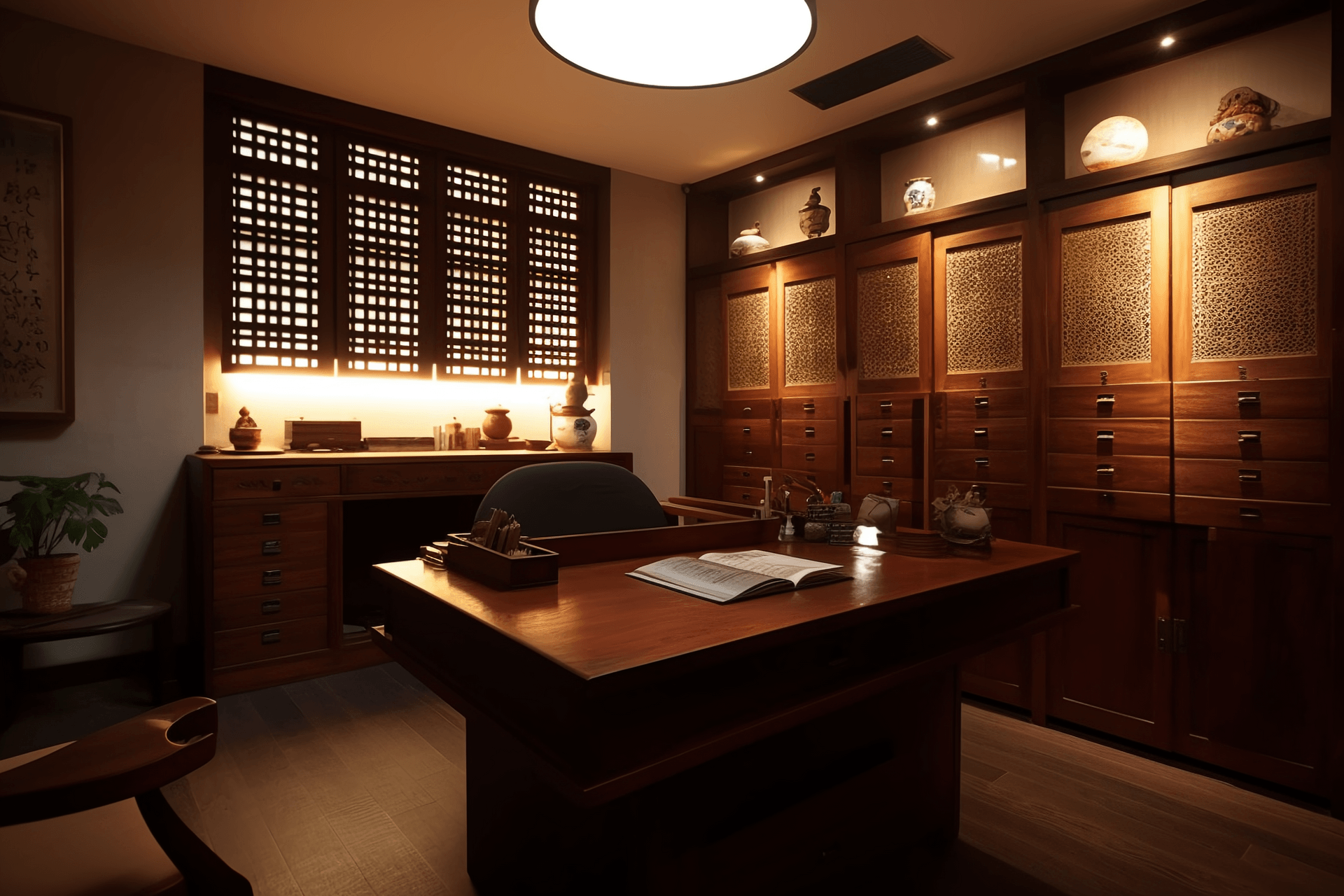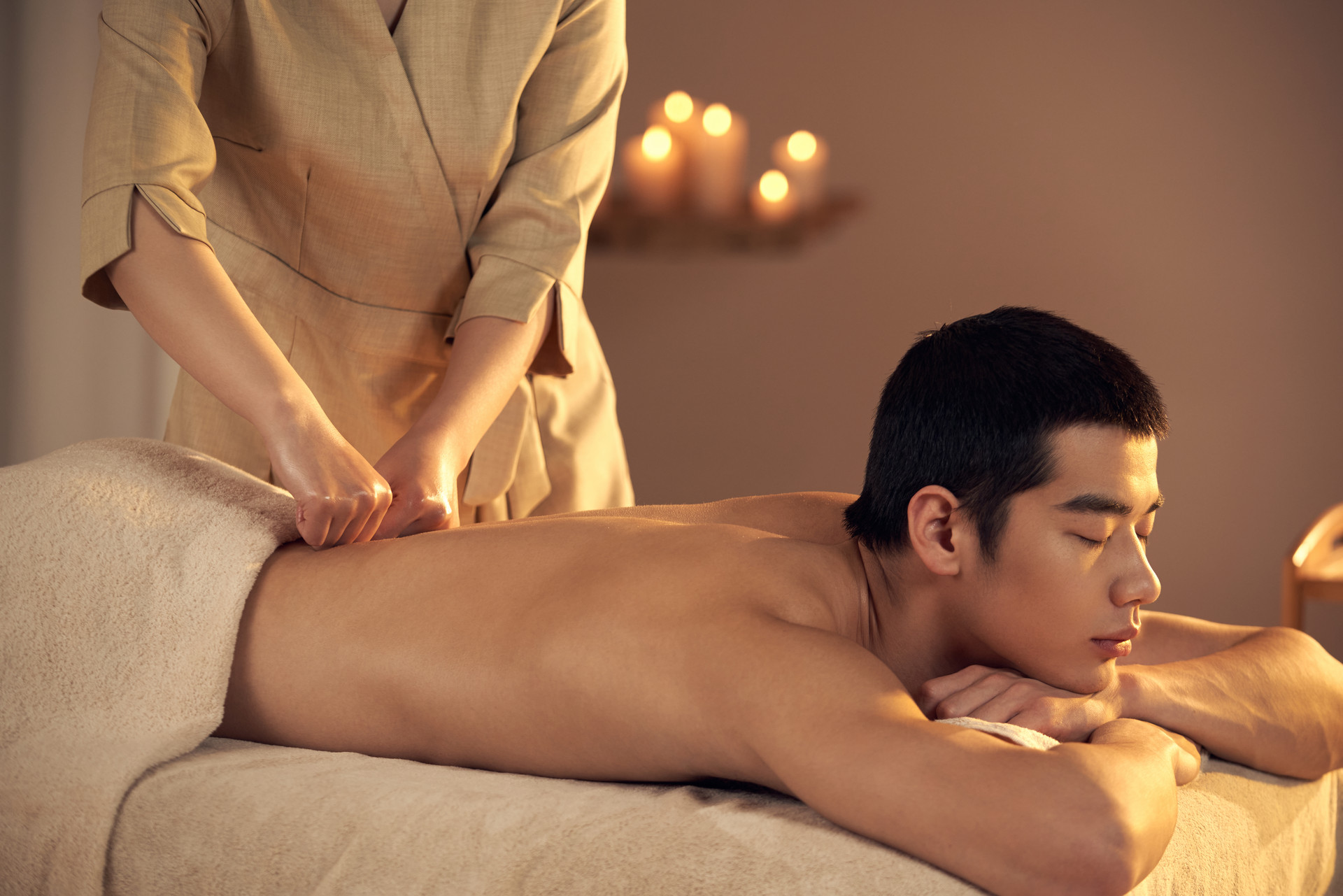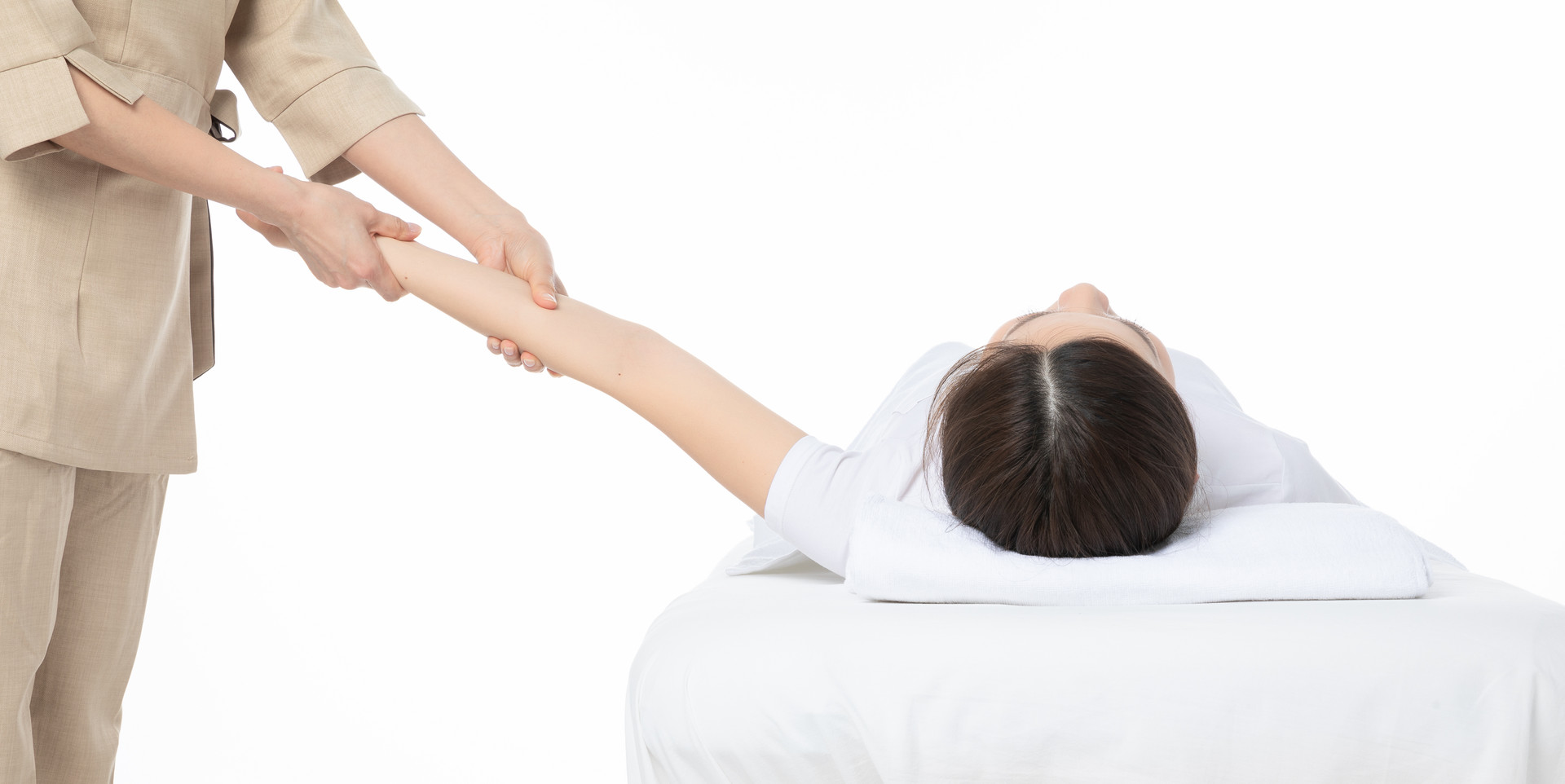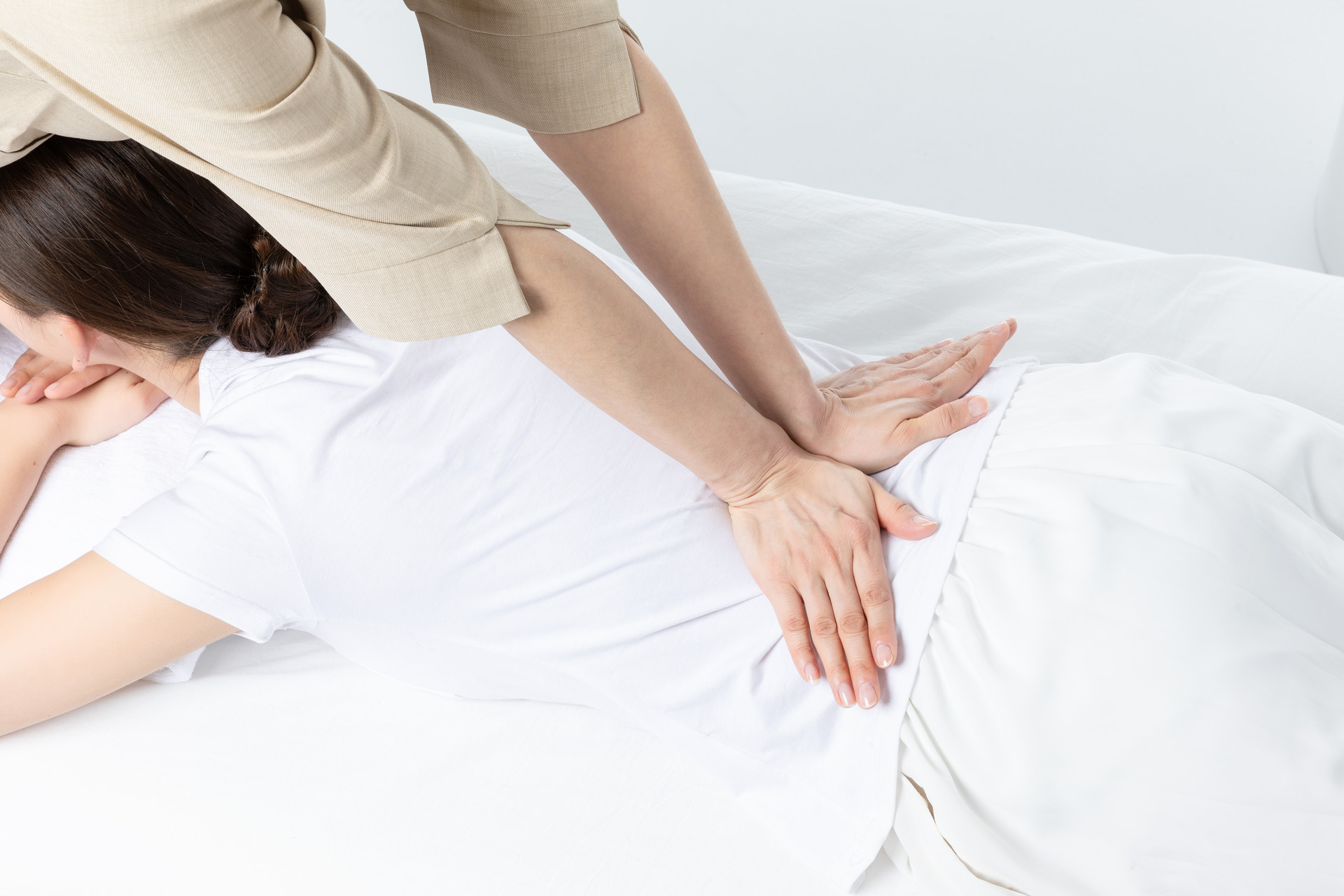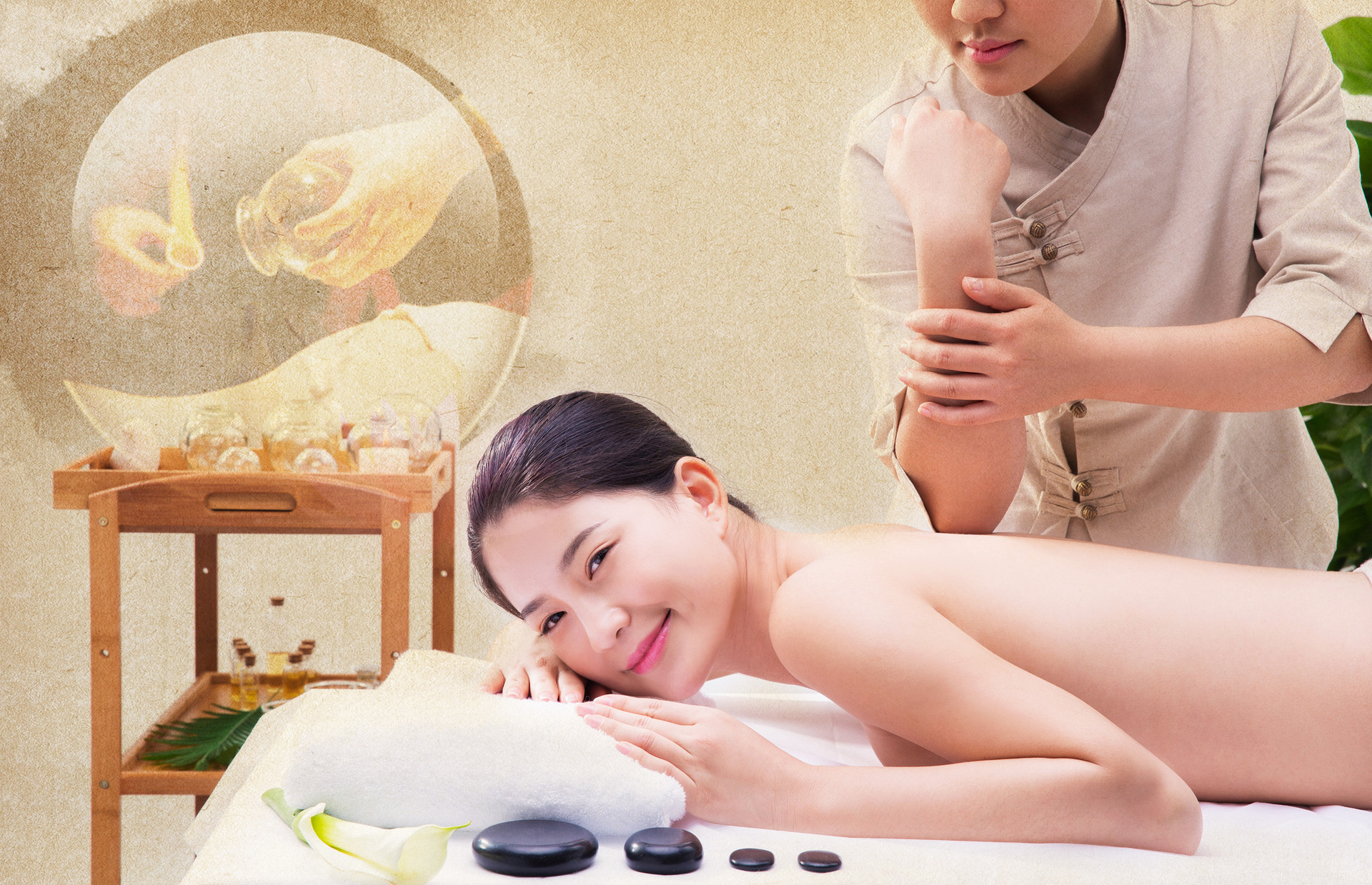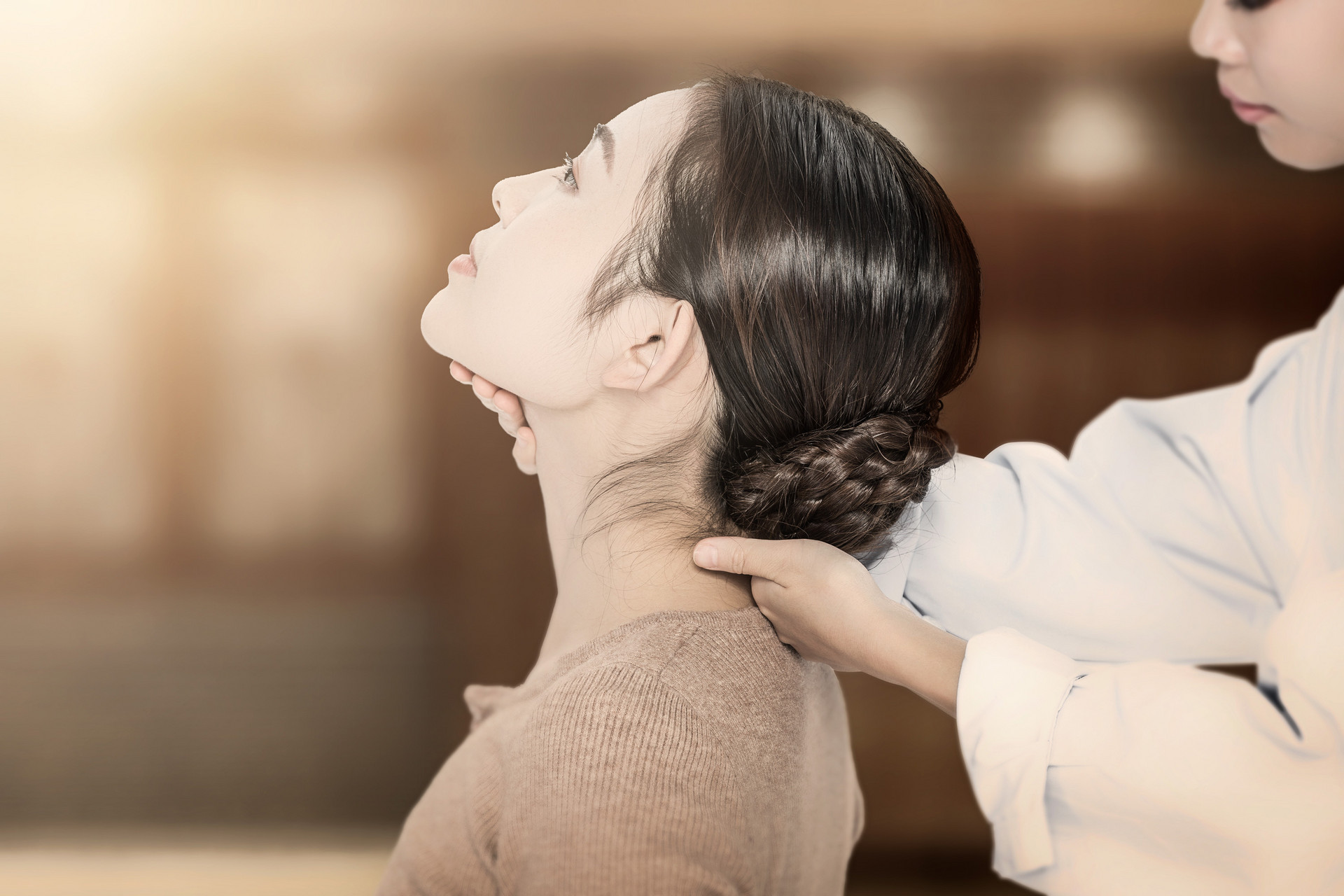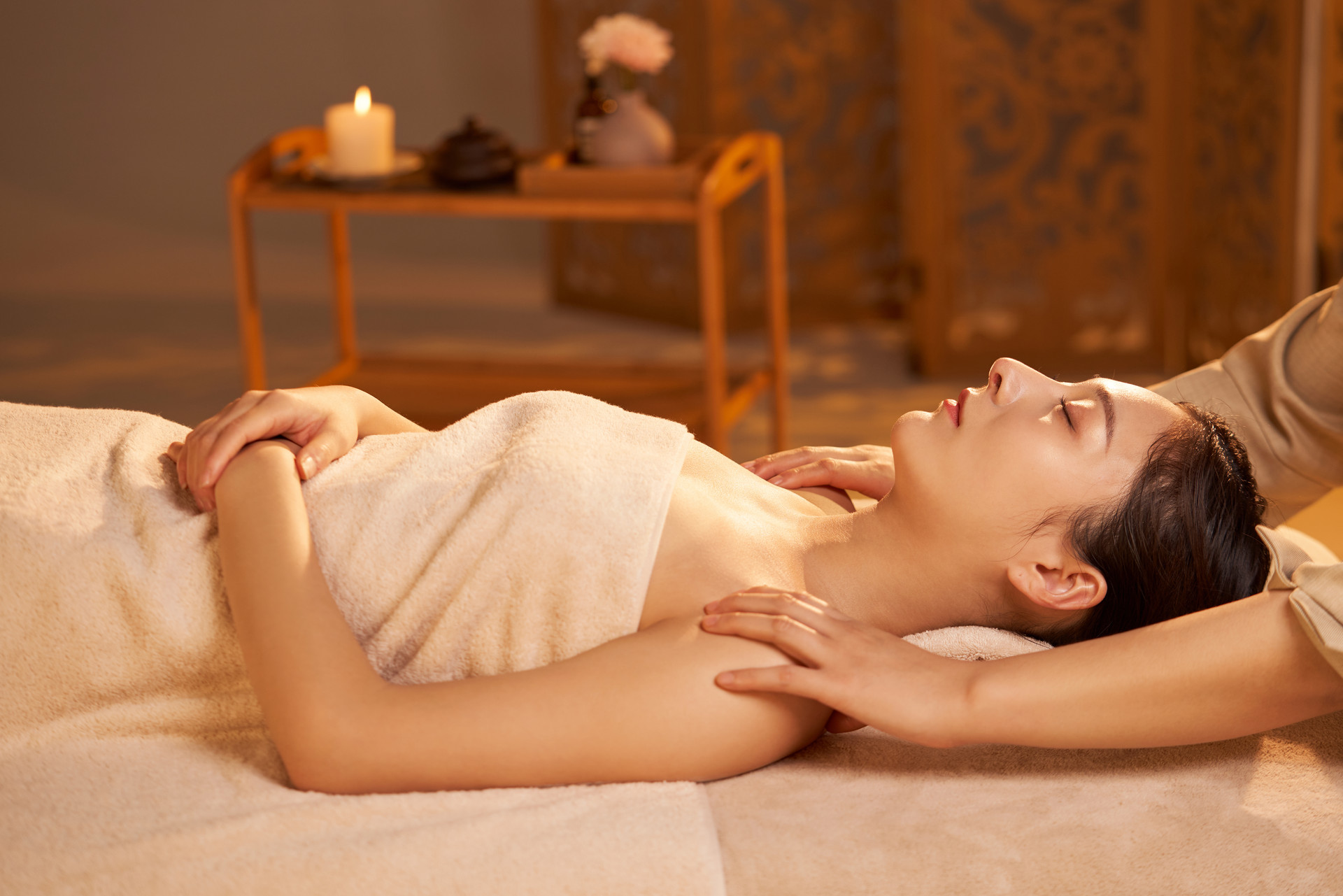7. Twisting Method
Operational Requirements
Use the thumb and index finger to firmly pinch and twist the skin, flesh, muscles, tendons, or joints in a specific area. Apply symmetric rubbing and twisting motion with the combined force of the two fingers, moving up and down in a sliding motion.
Key Points of Action
⑴ Be flexible and rhythmic in your movements, applying even and gentle pressure at a moderate speed.
(2) When performing the treatment, you can use a massage medium to lubricate the skin and prevent injury.
Clinical Application
The twisting method provides a mild stimulation and is suitable for small joints in the fingers and toes, as well as superficial muscles. It has the effects of unblocking the skin, promoting blood circulation and meridian flow, regulating the movement of Qi and blood, promoting joint mobility, relieving pain and stiffness, and softening and resolving nodules. This method can be used to treat joint injuries, local neuralgia, local numbness and soreness, adhesions, and muscle atrophy.
8. Plucking Method
Operational Requirements
Apply force with the tip of the thumb, while the other four fingers are attached to the treatment area. The force can also be applied with the index and middle fingers. Deeply press the fingertips between the muscle or tendon gaps or at the starting and ending points of the muscle, plucking and flicking with a light and then heavy, even and forceful motion, like playing a stringed instrument.
Key Points of Action
(1) Apply deep and forceful techniques within the patient's tolerance.
(2) This method provides strong stimulation and should not be used repeatedly. After the treatment, use gentle techniques to relax the muscles. Avoid using it on injured tendons.
Clinical Application
The plucking method provides strong stimulation and is suitable for areas with thick muscles throughout the body. It has the effects of stretching muscles, relieving muscle spasms, promoting blood circulation and meridian flow, loosening adhesions, reducing inflammation and pain, and promoting meridian flow.
9. Stepping and Pressing Method
Operational Requirements
(1) The patient lies face down or face up on a specially designed stepping bed, with a soft pad placed at the appropriate position. The practitioner's arms or armpits are supported on the crossbeam of the stepping bed to control their own weight.
(2) The practitioner uses both feet or one foot, depending on the treatment area, to control the intensity of the pressure and change the stepping and pressing technique. Apply light pressure first, then increase the pressure while stepping and pressing on the treatment area.
(3)



